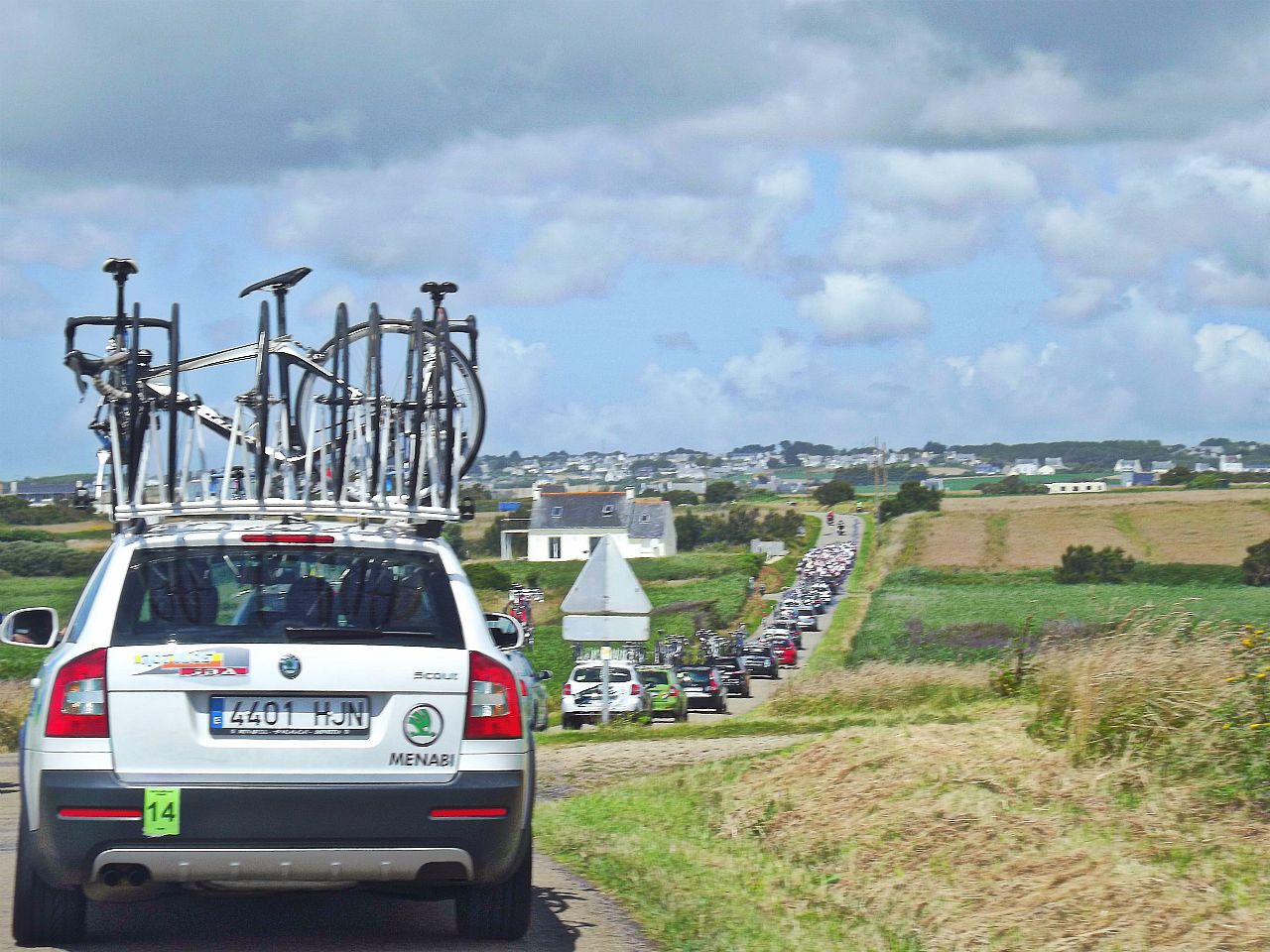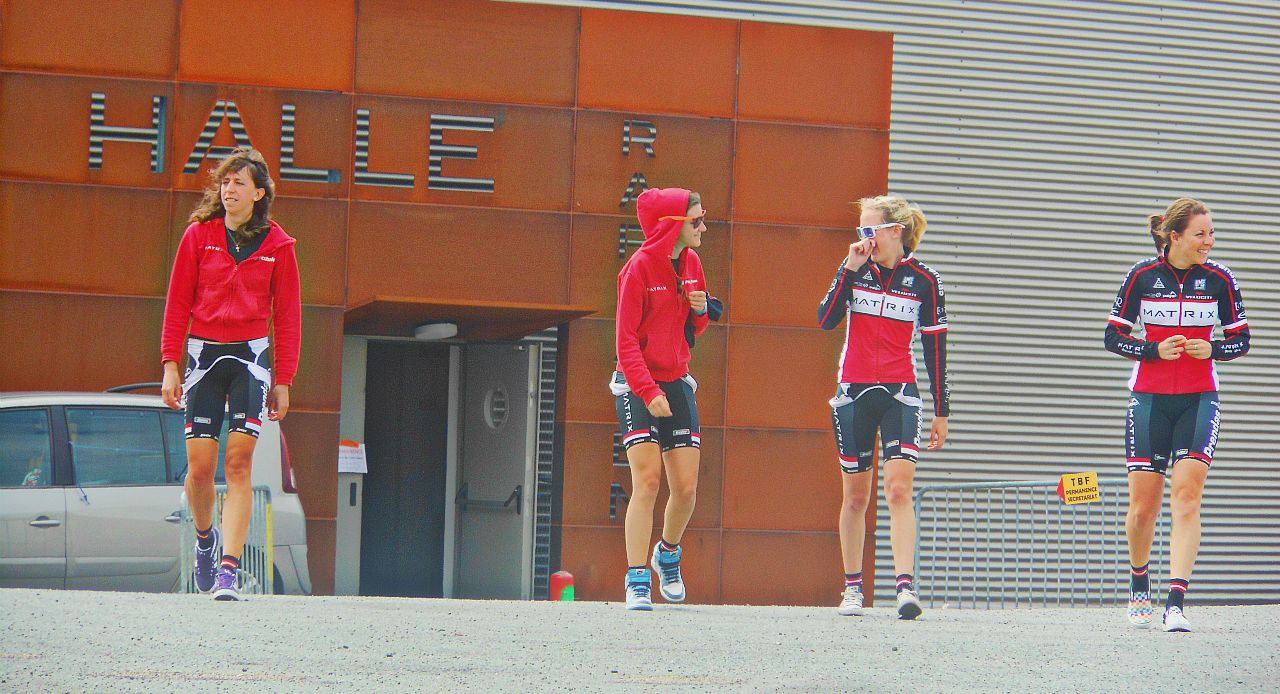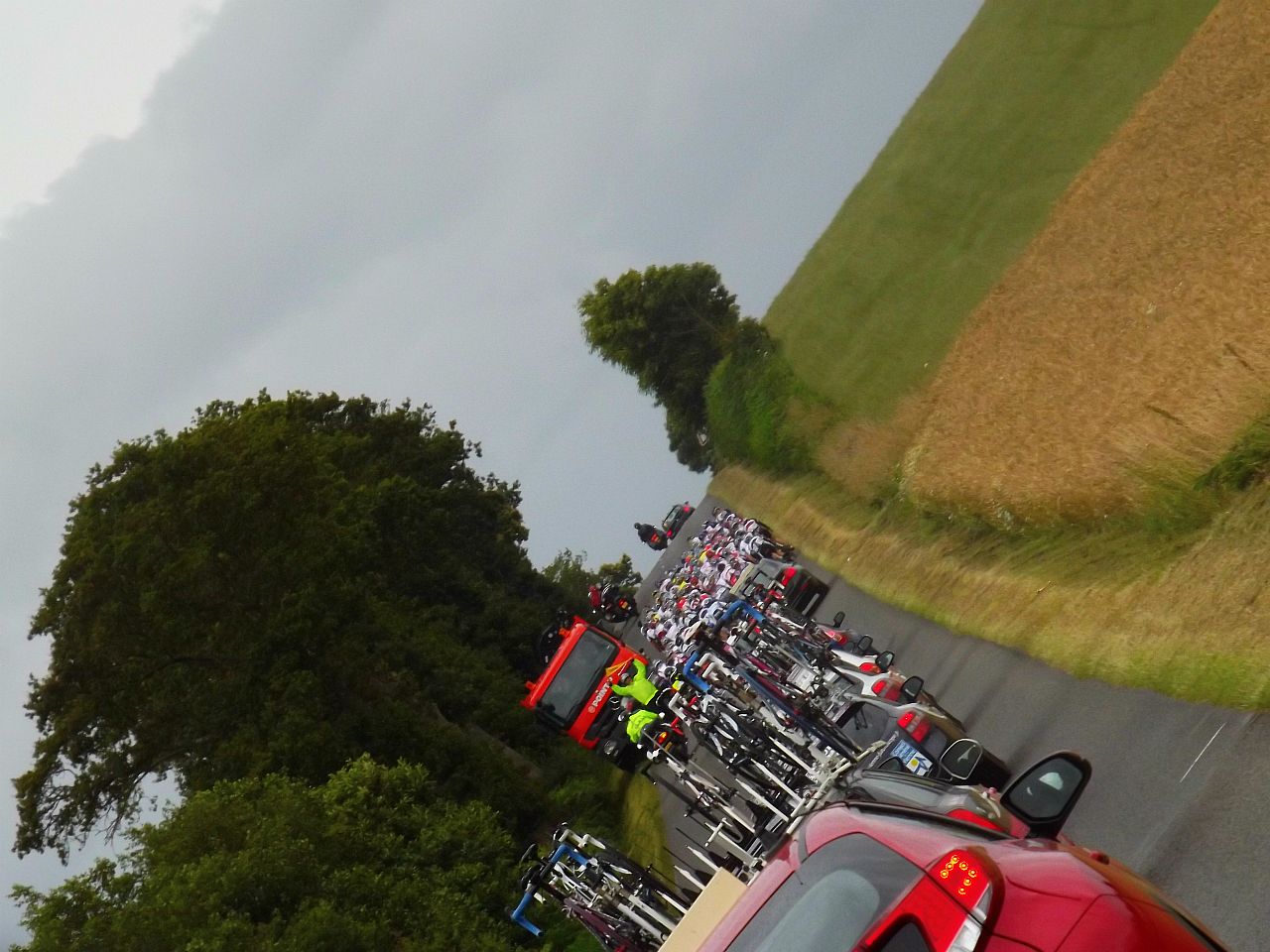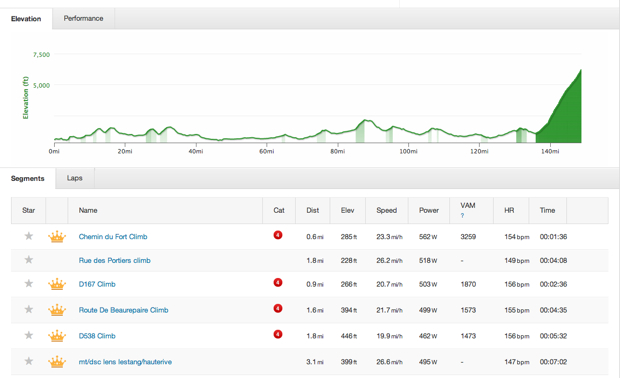It’s been wonderful to see the great debate on women’s cycling gathering pace over the last few weeks. More people are putting the effort and time into entering the discussion on the future of the sport and offer opinions on what’s going wrong (and right) with the sport today. Since my last scribbles I’ve had several emails, both from people I know and don’t know, giving their opinions and raising some excellent points. As more people get involved, the weight behind the sport’s progression gets bigger and it will continue to get taken more seriously. One of these messages included a point also raised via a Twitter discussion about teams not having the money to promote their activity, raise their profile, and give sponsors a return.
I believe this is a very key point in explaining the place we are currently at in the sport. Too many teams undervalue themselves and are happy to ride for ‘fun.’ Now this is fine in principle, but when those teams then blur the lines between amateur, sponsored, and professional teams by participating in professional races, it actually causes a potentially huge knock-on effect. We have to set our standards at the same level as those of the leading ProTour teams. Our budgets are not the same, but our aspirations can be. ProTour teams have press officers, media staff, well-stocked and slick websites and photographers, as well as engaging social media activities. When we go to a race, we break down a race in the same way we hope that Marianne Vos and her male counterparts do, but the good work of some is so easily undone by others.
A title sponsor of a sponsored or professional team holds a real value. Within the current rules, the UCI run the sport by effectively allowing any level of team to compete in professional races; as such, a team that undervalues itself can have an effect on other teams. If some people are happy to fund a team out of their own pockets and, more importantly, promote this fact (even when those pockets aren’t deep enough to do it), why would a corporate sponsor see the need to pay money?
These standards, or lack thereof, obviously reduce the opportunities for riders to receive a financial return for themselves, and without a doubt means the team have not given any thought to how they afford to give a return to sponsors. The financial sums needed for sponsorship activation are 50% to 100% of the sponsorship sum itself. My team is small but as I always say, it has very big ambitions. We build these sums into our sponsorship requirements and provide a very clear indication of the level of return and type of return we can provide. As I alluded to in my last article, we can’t celebrate the fact that we have teams in professional races without having matching bikes, spare parts, or even details like coordinated team accessories. We are all a rolling road show and advert for the sport. We need that advert to look attractive to sponsors, both current and future.
These issues, I feel, lead to an even bigger call for several levels of registration of teams and clearer guidelines from the powers that be on what constitutes a sponsored team (Continental level), what a real pro team is (Pro Conti level), and what is simply a club team riding for fun. I’ve heard rumours of another level of race registration for women next year, and hopefully with this will come in tandem with a set of rules about who can apply for these events. But I feel the bigger issue is registering the teams and ensuring they understand their unique position and responsibility to take the sport forward in these very pivotal years.
In an interesting article in Outside Magazine, editor in chief Neal Rogers of VeloNews states “We run stories online, and the numbers don’t lie. They don’t get the clicks. They don’t get the reads.” However I wonder if the promotion of women’s cycling stories in general doesn’t reach the level needed to make a difference. We have a small but growing community, but this community isn’t enough to ensure that the hits on stories are where they could be if we could get out to a wider audience. To add to this, women’s stories aren’t as easy to find on sites and as I mentioned in my previous articles, the uptake of articles in the written press is very low. All too often when an article is published, the women’s cycling stories don’t get front page billing; commonly they are published and buried almost immediately which doesn’t help us to provide a valued return to our sponsors.
For sure the sport has an over-reliance on ‘free’ media. Twitter and other forms of social media are taking over the reporting of women’s racing. This has its benefits, but a lack of media training for leading athletes leads to overly-commercialized tweets, which could even lead to a negative return to sponsors. I feel teams think they can actually provide a financial return based solely on using their Twitter feeds. That could well be the case for Team Sky, with 100,000 plus followers promoting minor sponsors and product suppliers, but over-reliance on social media has potentially led to women’s teams taking their focus away from the media that provides a real return. It’s television, magazines, and the respected websites that provide the return we all require in combination with the targeted media in our sponsors’ industries. How many teams can tick these boxes?
For me, many of the issues would be assisted by adding layers of registration for teams, leading to a clearer group of teams with progressive ambitions chasing places at the top. I believe by making distinctions between the levels of teams we’d also see a clearer uptake of our press releases and news by respected media. Will cyclingnews.com ever cover a women’s club team news? Unlikely. However, giving them clearer guidance as to who is in which division of racing will surely help.
A final part of this, and a point suggested to me many times, is that teams seem to be focused on outdoing other teams rather than focusing on themselves or having an idea of where they want to get to. As a team, we enter races to perform and we encourage our riders to only turn a pedal as part of a bigger plan. This is to ensure that every rider and the team itself has a clear vision of where they want to be and which are the stepping stones needed to get there. I won’t take a team to a professional race to simply say we have been. We go with a clear performance goal, tactical plans, and I actually expect us to be able to challenge, in our own way, and be able to affect the race. Why go to a race that’s above your level and have all of your riders come in 10 or 15 minutes down on all stages? Its destructive, demoralising, and shows a total lack of respect for the organisers and other teams.
We need teams to be focused on themselves, not their ‘rivals.’ They need to be focused on what they can do. This would also have a drastic change to the way races are ridden right now, allowing the break a chance and affording the sport an opportunity to mirror the men’s side of the sport, tactically speaking. Off the bike, teams need to maximise their commercial return and ensure their rider-development opportunities are in place. I don’t see Team Sky plotting how they can be better than BMC, I rather see them looking to set their own standards and by doing so, they raise the bar for the entire sport.

















1 Comment
[…] I see things differently on this article from Outside magazine. This also leads us to talk about Stef Wyman’s article for cyclismas which addresses some of the same issues from a different point of […]